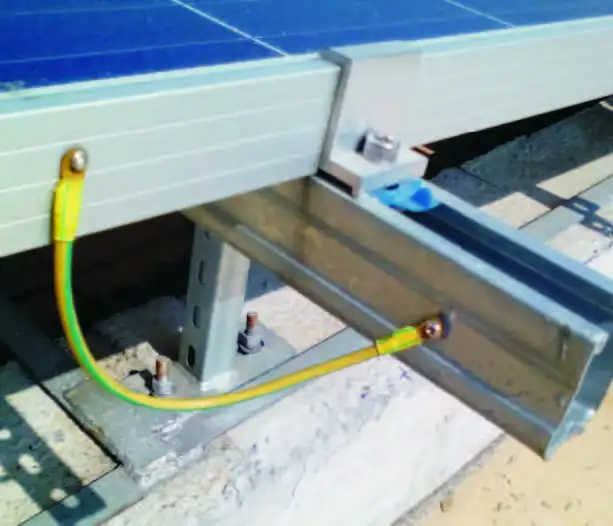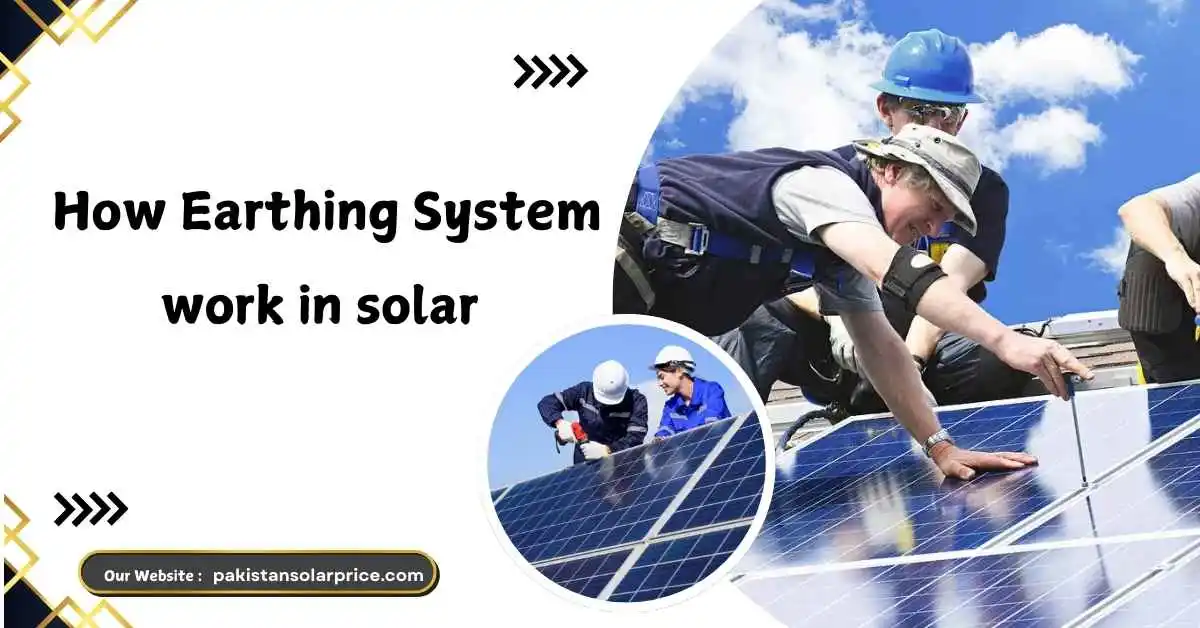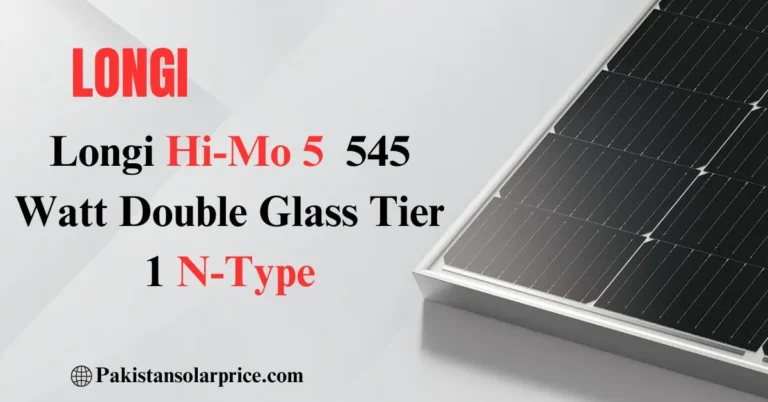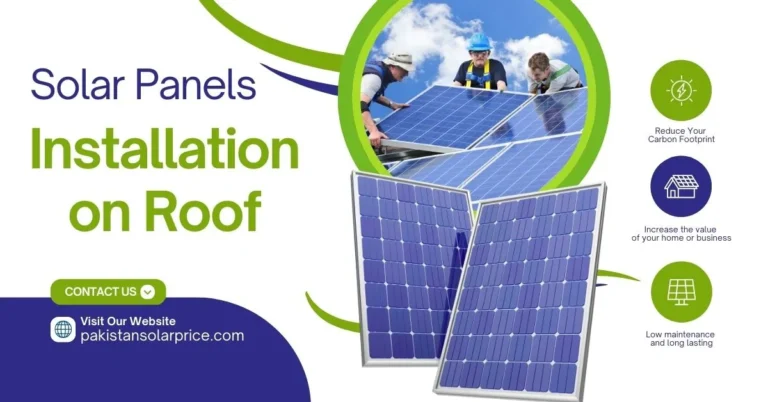How Earthing System work in solar
Solar panels hold significance for various reasons. First, it ensures security. the sun’s rays, harnessing energy to the solar panels, and like any Earthing system, entail safety risks. Secondly, its defense equipment. Electrical faults or lightning strikes can inflict damage on solar inverters, charge controllers, and other components of solar systems.
Also Read more about : How to Protect Solar Panels from Hail
Earthing System Electrodes Install
The installation of the grounding electrodes identified location process for the installation typically involves stalk ravines or holes to accommodate the electrodes and ensure they are safely moored in the ground. Proper holding between the cathodes and other metallic parts of the sun-powered charger framework, like mounting designs and gear walled-in areas is essential to establish a continuous grounding path.

Solar Earthing for a Safe and Useless Energy
Solar Earthing, also known as grounding, is a framework that gives security against electrical deficiencies and lightning strikes. It guarantees the smooth working of solar panels and associated electrical material by providing a path for issue current to disseminate into the ground securely. With the rising popularity of solar energy systems, it is basic to focus on well-being measures.
Proper solar earthing not only safeguards the System but also protects individuals from electrical risk. Solar Earthing System plays a crucial role in improving the overall use of the energy System. It helps in minimizing the risk of disturbance due to voltage surges and ensures the smooth transmission of power.
Proper Earthing System in solar panel
A critical aspect of ensuring the safety, reliability, and efficiency of solar power Systems. By following the step-by-step guide outlined above and complying to local outline and industry standards, installers can create strong Earthing Systems that provide protection against electrical risk and ensure the long-term performance of solar panel installations
Decide the Arrangement of Earthing Electrodes
After placing the Earthing electrodes, connect the solar panels to the grounding System. This includes laying out electrical connections between the solar panel frames or mounting structures and the establishing terminals. Ensure that you secure all associations and keep them free from consumption to keep up with low electrical opposition.
Connect Solar Panels to Earthing System
The solar panels to the grounding System connect to the Earthing electrodes This requires establishing electrical connections between the solar panel frames or mounting structures and the grounding electrodes.
Test and Verify the Earthing System
After installation is complete, it is important to test and confirm the viability of the smooth framework. This might incorporate soil conductivity testing, attachment testing, and confirming proper bonding between components. Testing should be completed utilizing expert hardware and as per industry guidelines to guarantee exact outcomes.
Benefits and disservices of utilizing your own Solar Panels spike
- Increased safety: A different establishing prong can give better security if there should be an occurrence of electrical blames or shocks.
- Regulatory compliance: In certain areas, it is required to have a committed ground spike for sunlight based chargers.
- System Optimization: Having a committed ground spike abstains from over-burdening the current ground spike, which could further develop framework productivity.
- Extra expense: Introducing an extra ground spike can expand the expense of the establishment.
- Space: Requires extra space on the property, which can be badly arranged in little regions keep up and oversight.
Select Suitable Earthing system Electrodes
The decision of laying out terminals expects a significant part in the practicality of the Earthing Systems Common grounding electrodes used in solar panel installations include copper rods, plates, or cables. Factors such as soil composition, moisture levels, and proximity to other electrical systems should be considered when selecting the appropriate grounding electrodes.
What Are The Steps You Can Take?
Earthing System may appear complex, but it’s an indispensable safety measure for every installation. The inquiry is, how might you guarantee your framework is sufficiently earthed?
- Continuously pick exceptionally prepared and experienced establishment experts. It could appear to be smart to reduce expenses in the short run, but proper installation of your PV system is the key to better generation, higher savings, and magnified safety.
- .Plan security inspections at regular intervals to find any issues before they become enormous issues later on.
What Is Earthing System And For What Reason Do We Really Want It?
Conclusion
Conserving performance in solar panels is important because of multiple factors. The Earthing System is, most importantly, guarantees security. solar panels bridle energy from the sun’s beams, and like any electrical systems, they involve dangers. Secondly , it shields hardware. Electrical deficiencies or lightning strikes can incur harm for sun powered inverters, charge regulators, and different parts of planetary groups. Thirdly, it safeguards against lightning. Roof-introduced sunlight-powered chargers are especially weak during.







